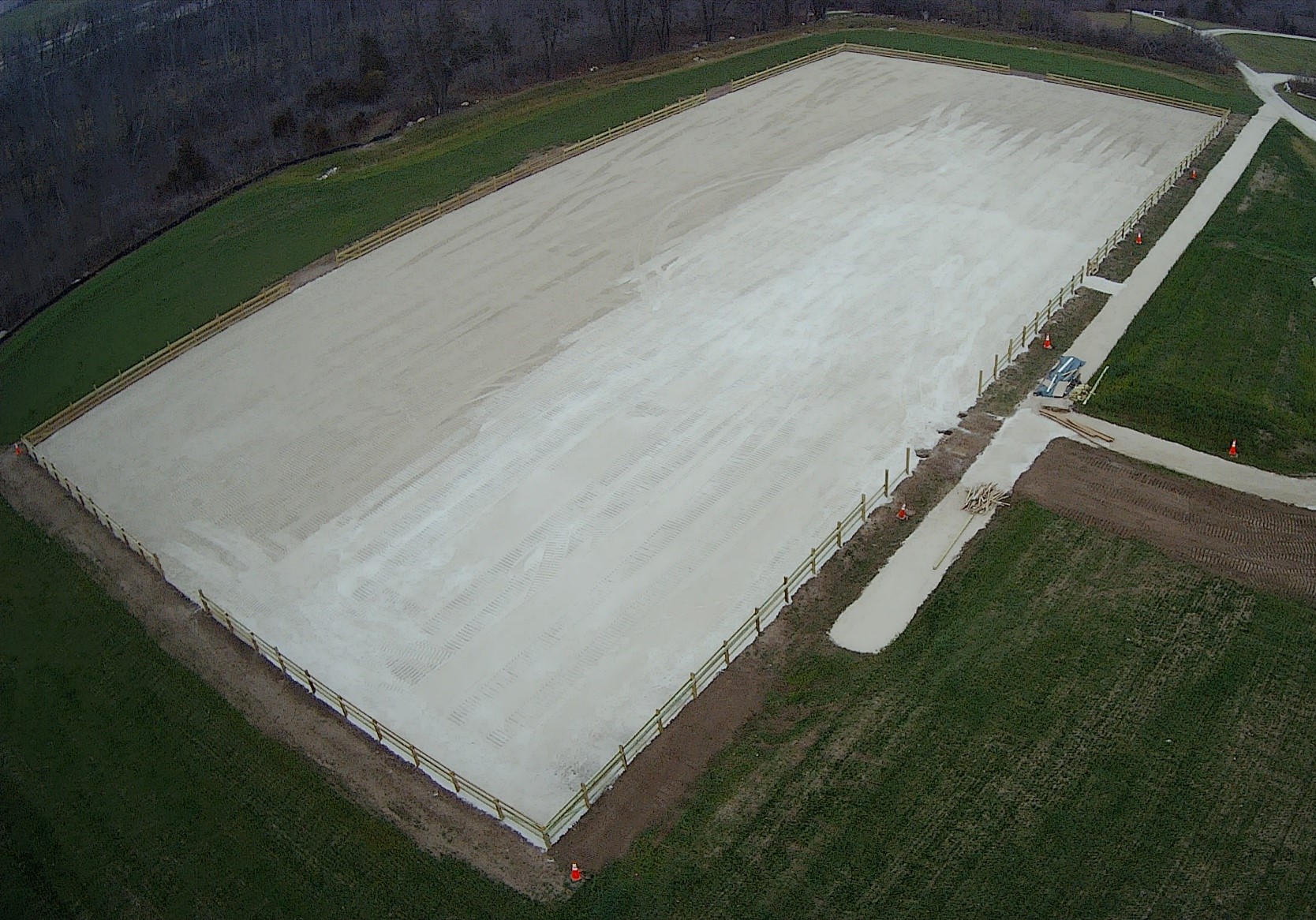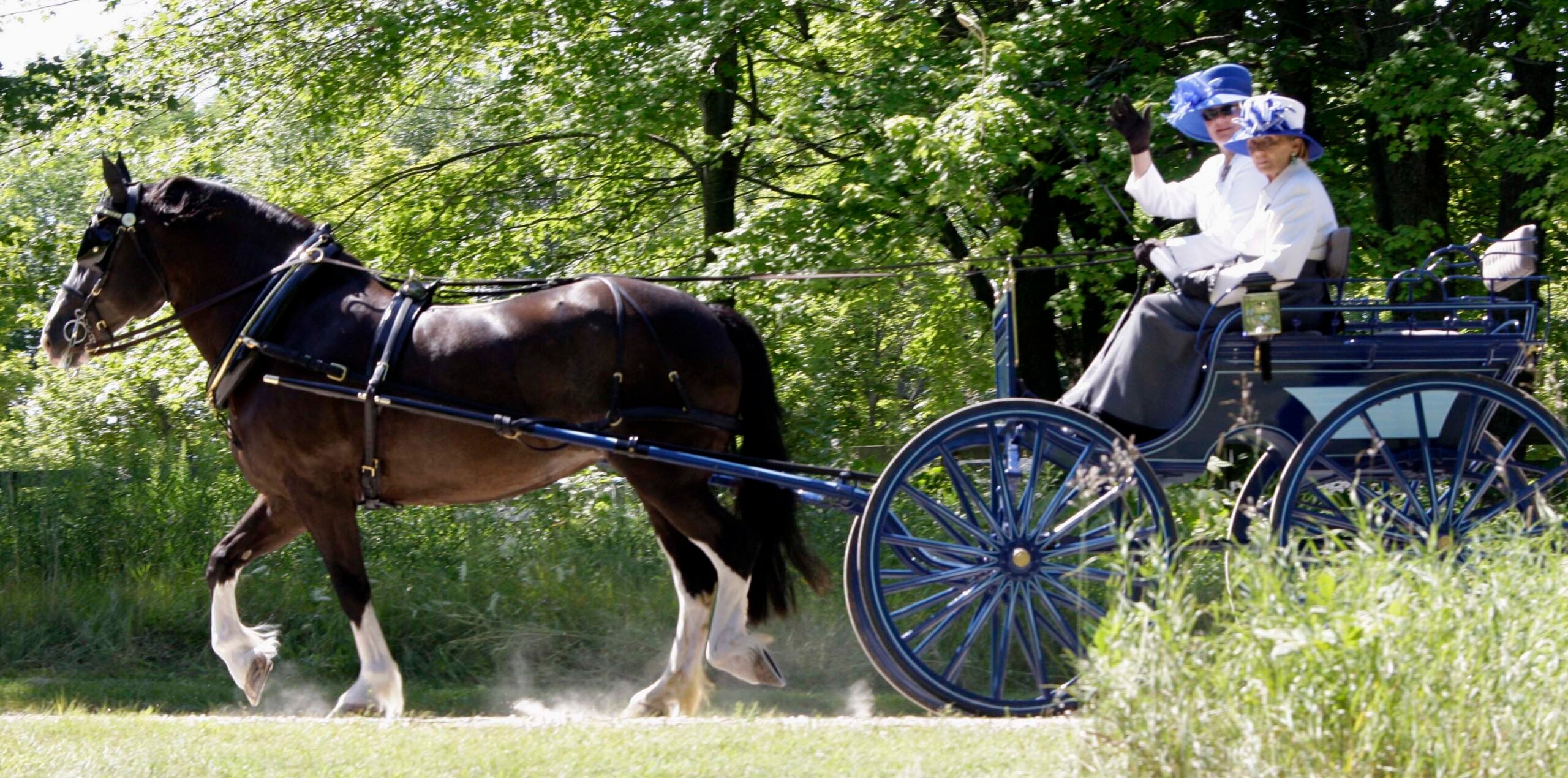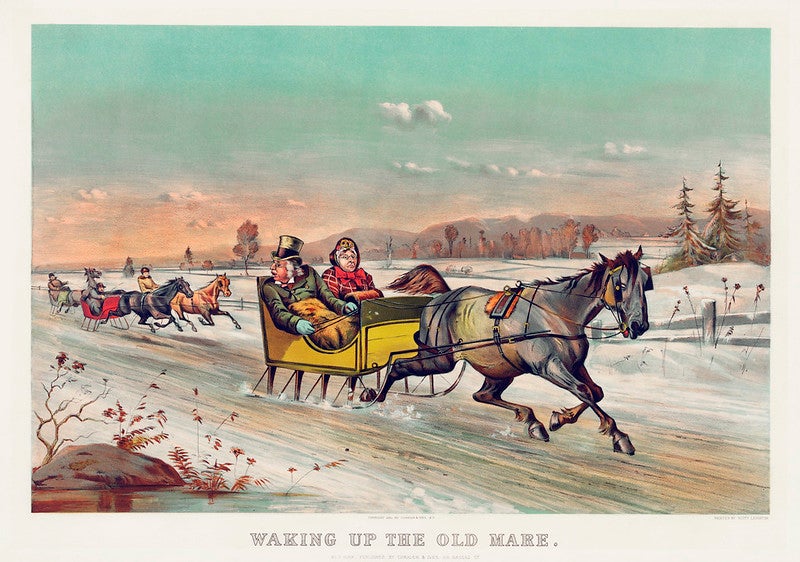The Wade House Historic Site in Greenbush gives visitors a close look at Wisconsin’s history in the time of horsepower, with its restored Stagecoach Inn and a museum showcasing the state’s largest collection of horse-drawn vehicles.
This weekend, the site will open its gates to modern-day horsemen, when competitors vie for a blue ribbon as part of a horse carriage driving event. The goal of the event is to connect history and current equestrian competition.
Susan Koos Acker, the advisor to the newly appointed organizing committee for the Wade House Carriage Driving Days, said the site — which spans more than 240 acres — is one to behold. The competition attracts people from all over the Midwest, she said.
News with a little more humanity
WPR’s “Wisconsin Today” newsletter keeps you connected to the state you love without feeling overwhelmed. No paywall. No agenda. No corporate filter.
“Most of the people that participate in this sport do it for the love of the horse and the horsemanship that goes with it and the uniqueness that carriage driving brings,” Koos Acker said. “It is such a beautiful spectacle to come out and watch.”
Koos Acker said the competition will feature different breeds of horses, including miniatures and ponies, all decked out in shining harness.
A new horse arena built specifically for the carriage driving sport will open this year on the site, with funding from the Kohler Trust for Preservation, Koos Acker said. This is the first time this year’s competition will be a “continuous day of driving” with between 20 and 30 competitors. That’s smaller than usual, Koos Acker said.
“Next year, we will be back with a full-on show again. And we should attract to the upwards of the 50, 60 turnouts for people to see,” she said. “And we’re really looking forward to that.”

Koos Acker said there are many Wisconsin trails that allow for horseback riding, but few are suitable for carriages.
“It’s been a very well-received event for the driving community because the grounds are so gorgeous and something so unique,” Koos Acre said.
Bridgitt Zielke, the site director at Wade House, said the stagecoach inn is a three-story building with 27 rooms, where guests are given a guided tour and learn about the family.
The museum displays nearly 100 horse-drawn vehicles collected by Wesley W. Jung, whose family operated a carriage factory in the area.
Zielke said the Wisconsin Historical Society received the Wesley W. Jung carriage collection in the 1960s. The vehicles — ranging from a horse-drawn fire engine to work wagons to the carriage architect Frank Lloyd Wright used to ferry guests from a train depot to his home at Taliesin — are showcased in a new visitor center in a 20,000 square-foot museum.
“It’s really neat to bring an event like Wade House Carriage Driving Days to our site, to be able to show our guest vehicles that are similar to the ones that we have in our collection moving out on the property,” Zielke said.
Drivers compete in dressage test, cones course and cross country tour
There are three events in the competition: a dressage test, a cones course and a cross-country tour through the grounds.
Koos Acker compared the dressage test to compulsories in figure skating, saying the horse and driver are evaluated on how precisely they execute it, according to the values that are prescribed for each movement. The dressage side shows the connection a driver has with their animal.
“It’s very concise, it’s not super fast, it’s not a race,” she said. “It’s more about the connection that the driver has with his horse, and how quickly the horse can respond to the different commands or asks that the driver has of the animal.”
This year, Koos Acker said she is competing with a 3-year-old pony, “a young man.”
“I think it’s a neat way to show some of the craftsmanship and the artistry in the carriage building,” Koos Acker said. “There’s a lot of work that goes into creating a horse-driven vehicle nowadays that gives you a sense of appreciation.”
She added that the drivers spend time training and preparing each animal to ensure it is safe and can perform at the competitive level.
The event will take place in the new Wade House arena on Saturday, July 29 from 10 a.m. to 3 p.m. Zielke recommends guests come as early as possible to experience all the Wade House has to offer.
Visitors can see an 1800s-era sawmill demonstration as well as horseshoes and hooks being made in the blacksmith shop.
“Anytime you can connect people with history, you’re providing them with an opportunity to better understand what we’re experiencing today,” Zielke said.
Wisconsin Public Radio, © Copyright 2025, Board of Regents of the University of Wisconsin System and Wisconsin Educational Communications Board.



